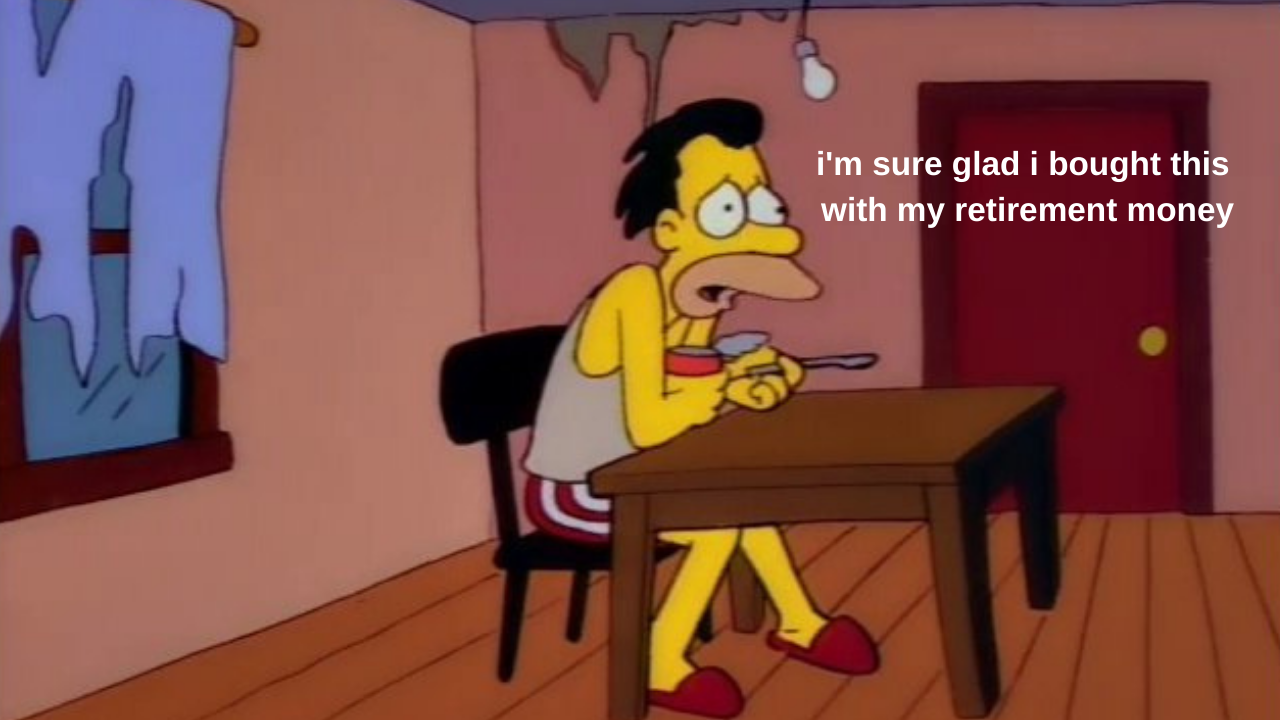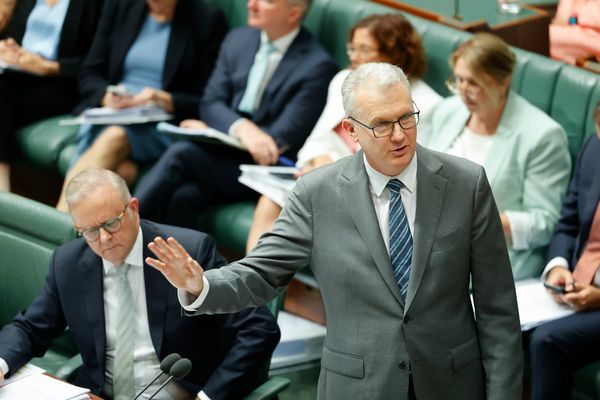
The Coalition has admitted its newly announced policy to allow first homebuyers to access their superannuation to pay for a house would jack up house prices after it was widely criticised by economists and industry groups overnight.
It unveiled the super scheme at its campaign launch on Sunday, less than a week before election day, because housing affordability has become a larger election issue as the campaign has worn on.
The super scheme would allow first homebuyers at any income level to access 40 per cent of their of retirement savings, or up to $50,000, to put towards a house.
But it was immediately hit with a tidal wave of criticism from Labor, superannuation groups and industry groups which warned it could trigger a massive house price increase.
Prime Minister Scott Morrison defended the policy in interviews on Monday morning and said it would not leave buyers worse off when they retire.
“This is a balanced responsible plan which we’ve thought through and which we think minimises any potential impact on house prices,” he said.
But minutes earlier Superannuation Minister Jane Hume admitted on ABC Breakfast house prices would rise as a result of the scheme.
“We know people will bring forward some of their decisions to buy a house earlier and for that reason it will probably bring up housing prices temporarily,” Hume said.
“Do you know by how much?” host Patricia Karvelas asked.
“PK, you know that there are too many factors that play into the prices of housing temporarily and permanently.”
So how would this super scheme work and why does it suck?
Who’s eligible and for how much?
Only first homebuyers would be able to dip into their super. First they must have already saved a 5 per cent deposit for the home and then they can withdraw up to 40 per cent of what’s in their super fund with a maximum withdrawal of $50,000.
There is no minimum balance required in your super, so even if you have $100 in there you could take $40 out.
It can be used in conjunction with other federal first homebuyer schemes and can be used to buy new or existing homes. It would start by 1 July 2023 if the Coalition’s reelected.
Once the home is sold you’d be required to return your invested amount back into your super, including a share of any capital gain. That is if you took out $50,000 to buy a home and then when you sold the home years later it had doubled in value, you’d need to return $100,000 to your super fund.
What is the Coalition intending the super scheme would do to help?
The Coalition said the scheme would help people save for deposits and could allow them to put down bigger deposits — whether that means paying a higher percentage of the cost upfront or putting down a 5 per cent deposit on a more expensive property.
In Australia it currently takes first homebuyers an average of 11 years to save for a home deposit, but the Coalition estimated the scheme would cut that time by about three years.
What are the problems with this housing super scheme?
Based on the huge uptake of the government’s early super release scheme in 2020, which played a part in enormous housing price rises nationwide during the pandemic, Industry Super Australia estimated that allowing couples to take up to $40,000 from their super funds could drive prices in Sydney up by 16%, adding $134,000 to the median price. In Perth they could rise by 14 per cent, Darwin by 10 per cent and Melbourne by 9 per cent.
The McKell Institute did similar modelling and found allowing first homebuyers to use their super would encourage a hell of a lot of new debt and therefore cause a price surge in the policy’s first year.
It estimated median house prices would rise by about $99,400 in Brisbane, followed by $92,800 in Hobart, $84,600 in Adelaide, $57,400 in Perth and $45,300 in Sydney.
Seriously what does the government not understanding about how supply and demand works???
By removing money from your super you also miss out on the compounding interest that get into that account to grow your savings.
We need a plan to drive house prices down, not one to push them up by encumbering people with more debt.
What has Labor said?
Labor MP Jason Clare said on Monday morning this scheme was “desperate” and was “like throwing kerosene on a bonfire”.
“This is the last desperate act of a dying government. If they really thought this was a good idea, do you think they would plant it six days before an election? They have been in office for almost a decade,” he said.
“The fact is every Liberal leader that has looked at this, whether it is people like John Howard or Peter Costello or Malcolm Turnbull or even Mathias Cormann looked at this and worked out it would make it harder for people to buy a home, not easier because it would push prices up.”
He also highlighted the differences in its and the Coalition’s housing policies and said that Labor’s was targeted to low-income earners actually stop renting while the Coalition’s just helped people into bidding wars.
“Think about this: you have two young couples off to an auction, both come armed with their superannuation and their superannuation supercharges the bidding war. The price goes up and up.
“The only winner at the end of the day in that auction is the person selling the home who gets a bigger price. The person that wins the auction and buys the home ends up paying a higher price, they end up having a bigger mortgage and they have got less money left in their superannuation account at the end of the day.”
The post The Coalition Wants To Let You Use Your Super To Buy A Home — Here’s Why That’s A Shit Idea appeared first on PEDESTRIAN.TV .







